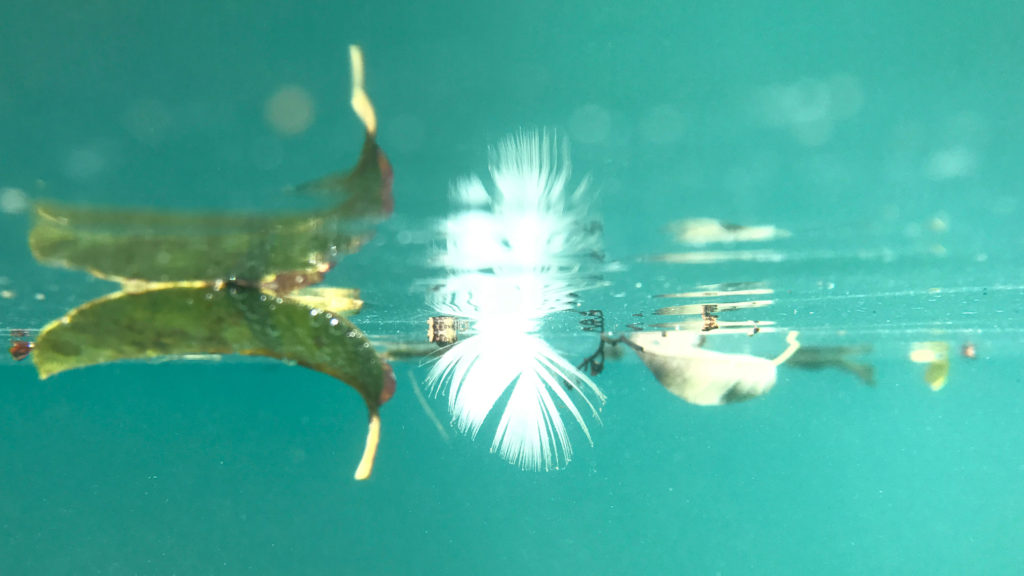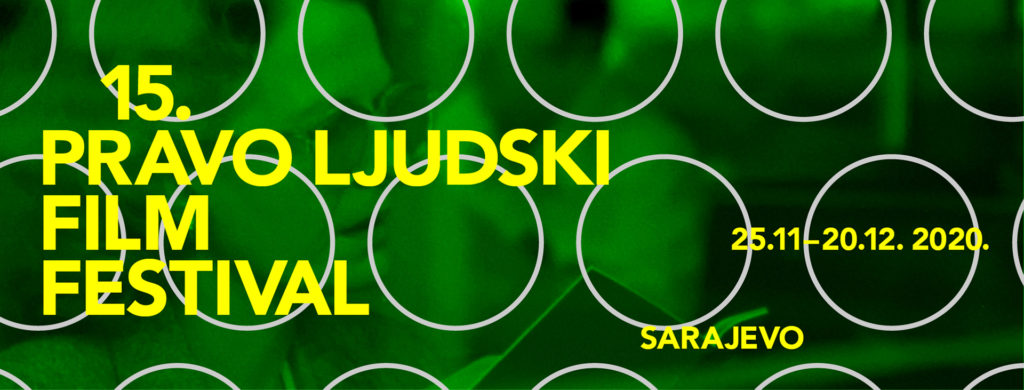Review: Cenote (2019)

Rivers, streams and lakes are scarce in the north of Yucatan peninsula in Mexico, so often the only source of fresh water there are cenotes, the limestone fountains filled with fresh, basically naturally filtered rain water. That source of life for all the human population there also happens to be the source of death for many. The ancient Maya people used the cenotes for offerings to the god of rain called Chaac who lived there according to their beliefs. One more thing from the ancient beliefs also positions cenotes as the crossing points of life and death: twins who die must cross the big water before entering the hereafter and cenotes fit the profile quite well.
Cenotes, beliefs, legends and anecdotes about them are the topic of the latest documentary written, directed, filmed and edited by the Japanese filmmaker Kaori Oda that was shown at Pravo Ljudski Film Festival that goes online this year instead of its usual physical edition in Sarajevo. The capital of Bosnia and Herzegovina was mentioned for a reason, since Oda has some special connections to it as a former student of Bela Tarr’s film.factory who was also involved in a documentary experiment called Lost in Bosnia (2014) with ten more of her fellow students. Her feature-length solo debut, Aragane (2015) was also set in Bosnia and it showed Oda’s affinity for a mix of observation and poeticism that is set to shine to the fullest in Cenote.

The film is powered by contrasts. Life and death. Light and darkness. Nature and civilization, although stuck on a certain level of development. Water and land. Surface and depths. Clarity and turbidity. Whispering, chanting and reciting the narration in Mayan and Spanish. Celebratory mood and morbidity. Long takes and short cuts. Digital and analogue.
While under water, Oda follows the play of light’s reflection on the surface, the formations on the bottom and the fish swimming around them. The sound design is muffled and gets more clear only when she approaches the surface. The takes are long and continuous, dynamic to the level of disorientation. Her underwater explorations are sometimes followed with the narrations of the spirit whose voice sounds like little girl’s, of the male reciter or of the (always off the screen) interviewees who share their stories, anecdotes and folklore beliefs about the disappearances and deaths in cenotes.
On the land, however, she is more interested in human behaviour, especially revolving around the village festivities, the preparations for them, rituals performed and people taking part in them. She films it with an 8-mm camera, often employing abrupt cuts in the editing and a lot of close-ups. When the camera stops on someone’s face, it is usually a signal that the particular passage is done.
The only troubling thing with Cenote is the repetitivness. Oda does not discover a new thing every time she dives into the well, so those parts tend to overstay their welcome. Similar thing could be, to a smaller extent, said for her exploration of the people, their rituals and beliefs and the narrations that sometimes lack the variety, content-wise. Cenote would be a killer mid-length documentary, but its imagery and soundscape is still captivating enough to keep the viewer interested for the 75 minutes of runtime. Oda clearly has the style that just has to be matched with substance.
Original title: Ts’onot
Year: 2019
Runtime: 75’
Countries: Japan, Mexico
Languages: Spanish, Mayan
Directed by: Kaori Oda
Written by: Kaori Oda
Voice cast: Araceli del Rosario Chulim Tun, Juan de la Rosa Mibmay
Cinematography by: Kaori Oda
Editing by: Kaori Oda
Sound design by: Kaori Oda
Sound recording by: Augusto Castillo Ancona
Colourist: Hayato Nagasaki
Produced by: Marta Hemaiz Pidal, Jorge Bolano, Kaori Oda
Production companies: Aichi Arts Center, Cinevendaval, Field Rain
Supported by: Chishima Foundation for Creative Osaka, Nomura
















